The secret sauce behind how we test pizza ovens - with Italians, chefs, and other pizza experts
We recruit Italians, pizza oven experts, and professional chefs to make sure we have a pizza perfect process for how we test pizza ovens

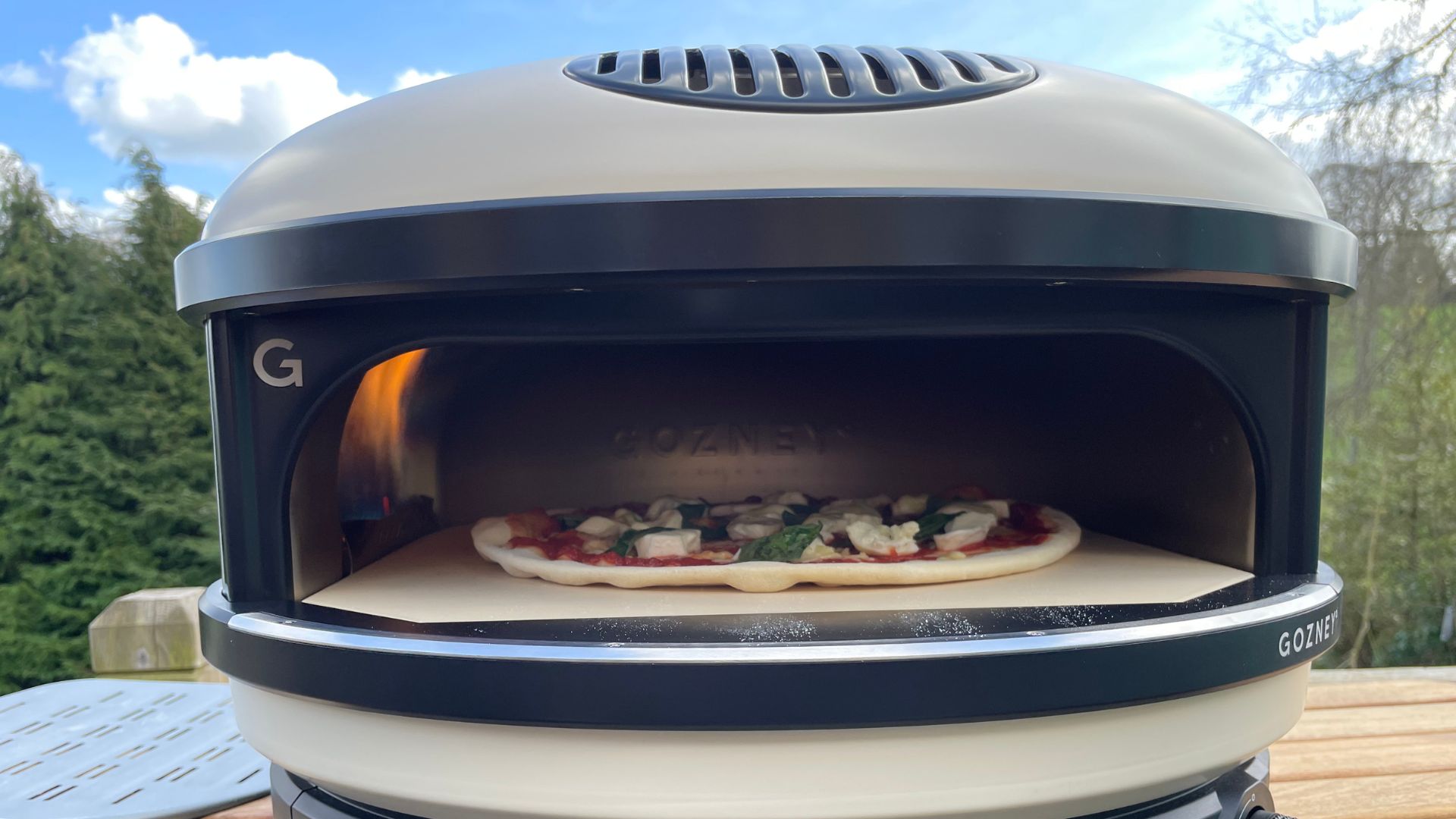
You’re here because you want to know how we test pizza ovens at woman&home and you are in for a true treat. It’s a good story, if I say so myself.
Twelve years ago, when I was thirteen (you can do the maths to work out my age), my family founded a pizza business. Every day, our house would smell like tomato sauce, my hands always smelt like olive oil, and we went on family holidays to specifically seek out pizza. It’s been a long time, but we all still live and breathe the stuff, so much so, I recently calculated that I’ve cooked over a quarter of a million pizzas in my little life so far. At this rate, I’ll definitely get past the one million mark.
With that history tucked into my apron, the woman&home team wouldn’t let me get away with anything other than pizza oven testing. And, quite honestly, my family were delighted. We’ve covered off all the commercial ovens in the last decade and most of these brands are the ones that have turned their hands to domestic cooking. So, what do the experts think of the best pizza ovens? This is what we do to find out.
Why we talk about who it would suit
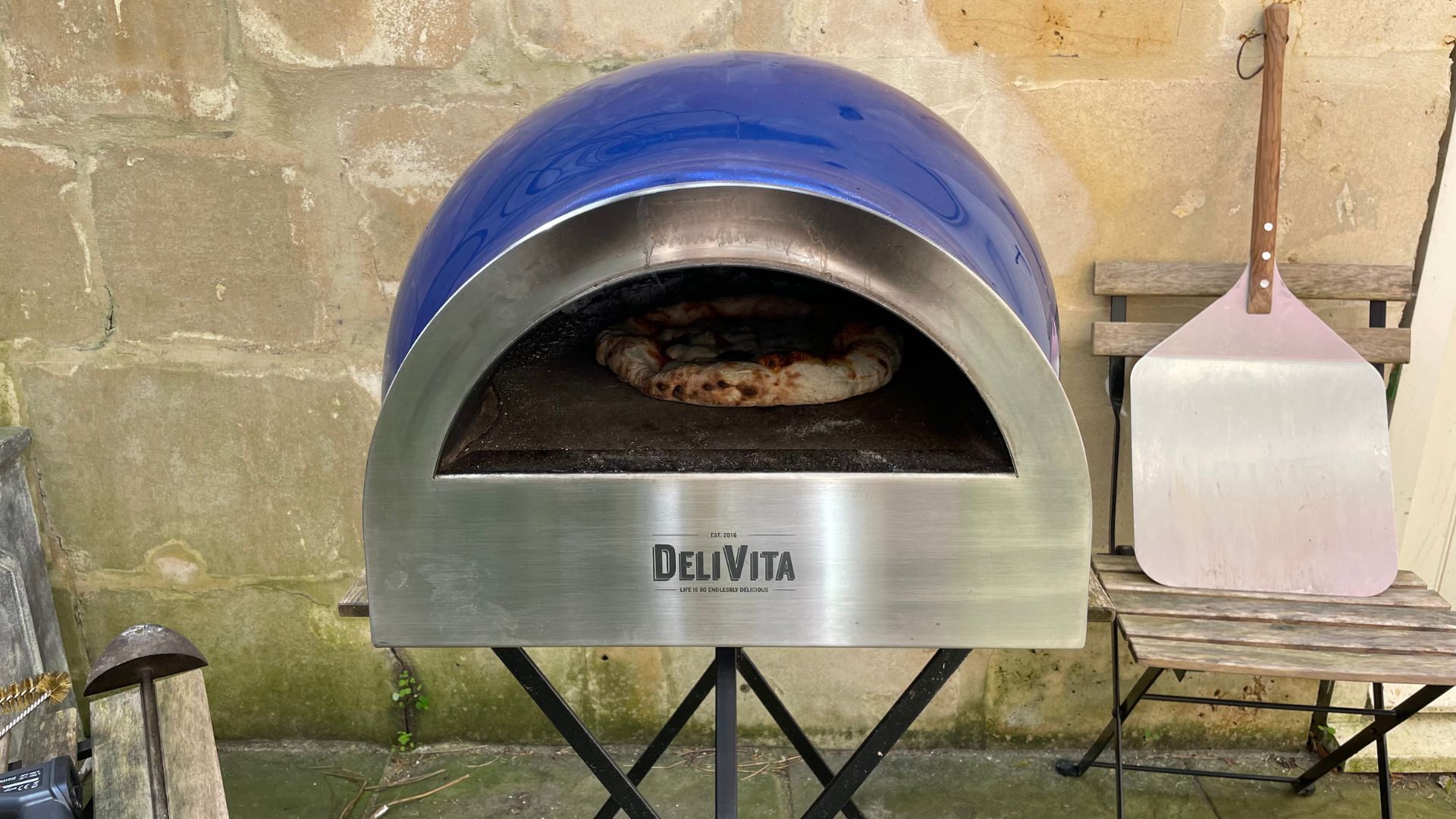
Normally, when we start reviewing a product group, we interview experts, shop around, and generally seek out the people who know the bread and butter of the business. In this instance, that’s my family. However, not wanting to create any major bias, I doubled up and still did the research.
I found the brands that the Italians worshipped, the ovens that all beginners could make a margarita in, and then took a look in the experts’ kitchens and gardens. Then, I spoke to the brands and loaned a selection of pizza ovens in an effort to find the very best for every kind of chef. The results are what you see in our buying guide, but you’ll see more pizza ovens that didn’t quite make the cut that still get reviews. Pizza is a very personal affair, after all.
Why we talk about unboxing
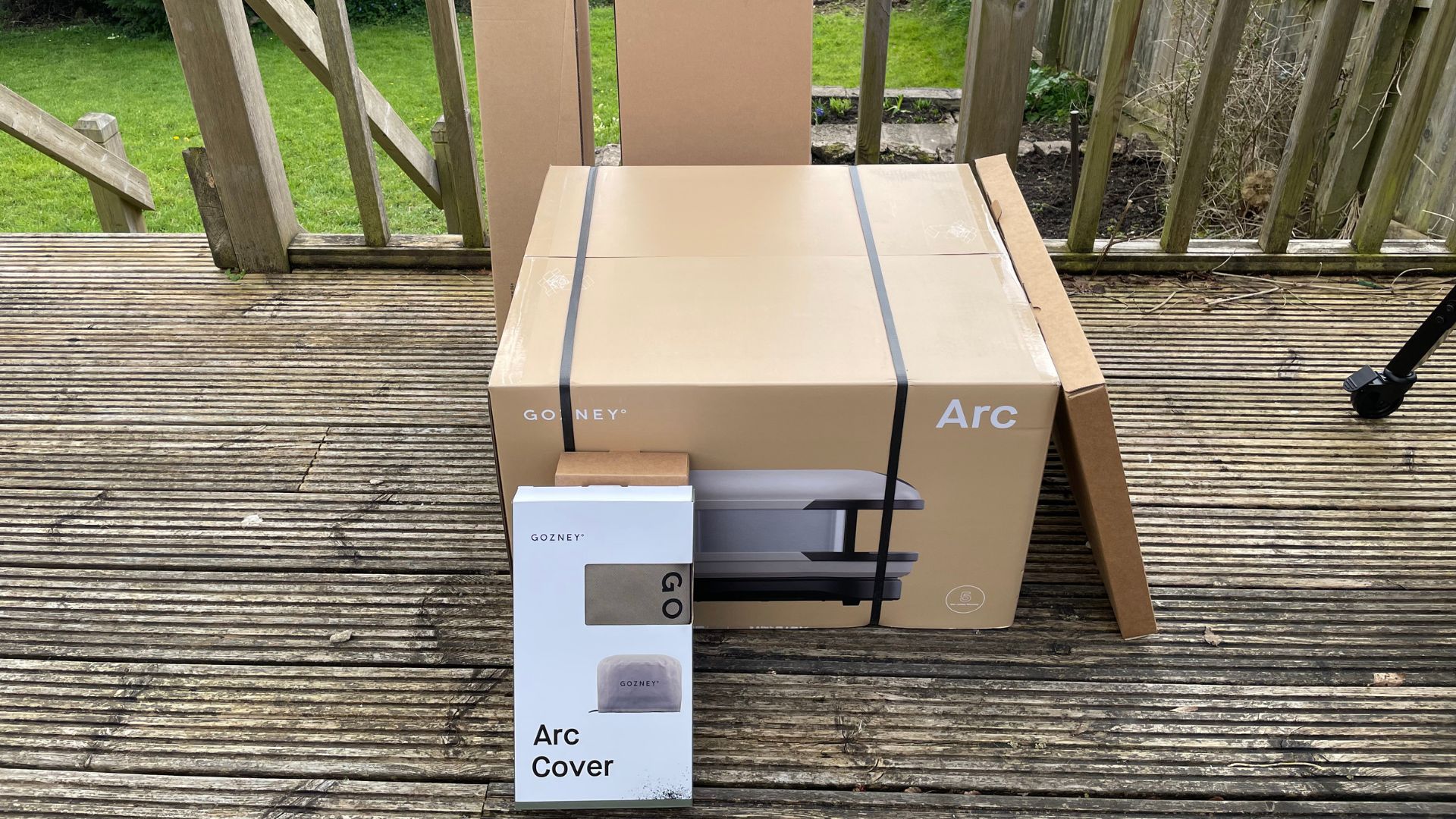
The day your pizza oven arrives will be like Christmas. It’s exciting and you begin a countdown far in advance. It’s also much like Christmas in that you need some time to prepare. Pizza ovens are rarely small and light enough to pop in a cupboard, so you’ll need to make space in your kitchen or in your garden. You might want to build or order a stand and it’s also worth shopping for a paddle or peel and energy source (a bottle of gas or some good quality kindling) before your oven arrives.
In this section of the review, I tell you all about the preparations that you’ll need to undertake. I’ll also let you know whether you get good, fair notice of when your oven arrives and I’ll tell you about whether the team are helpful for getting it into place. I also score brands on how sustainable their packaging is, because that’s a factor that’s often overlooked, but one which I think is very telling about how much care and consideration has been put into your pizza oven. I have a spreadsheet for every factor that we measure and sustainable packaging has some weight, but obviously not as much as say, whether the pizza oven warms up evenly and quickly.
Sign up to our free daily email for the latest royal and entertainment news, interesting opinion, expert advice on styling and beauty trends, and no-nonsense guides to the health and wellness questions you want answered.
The testing process
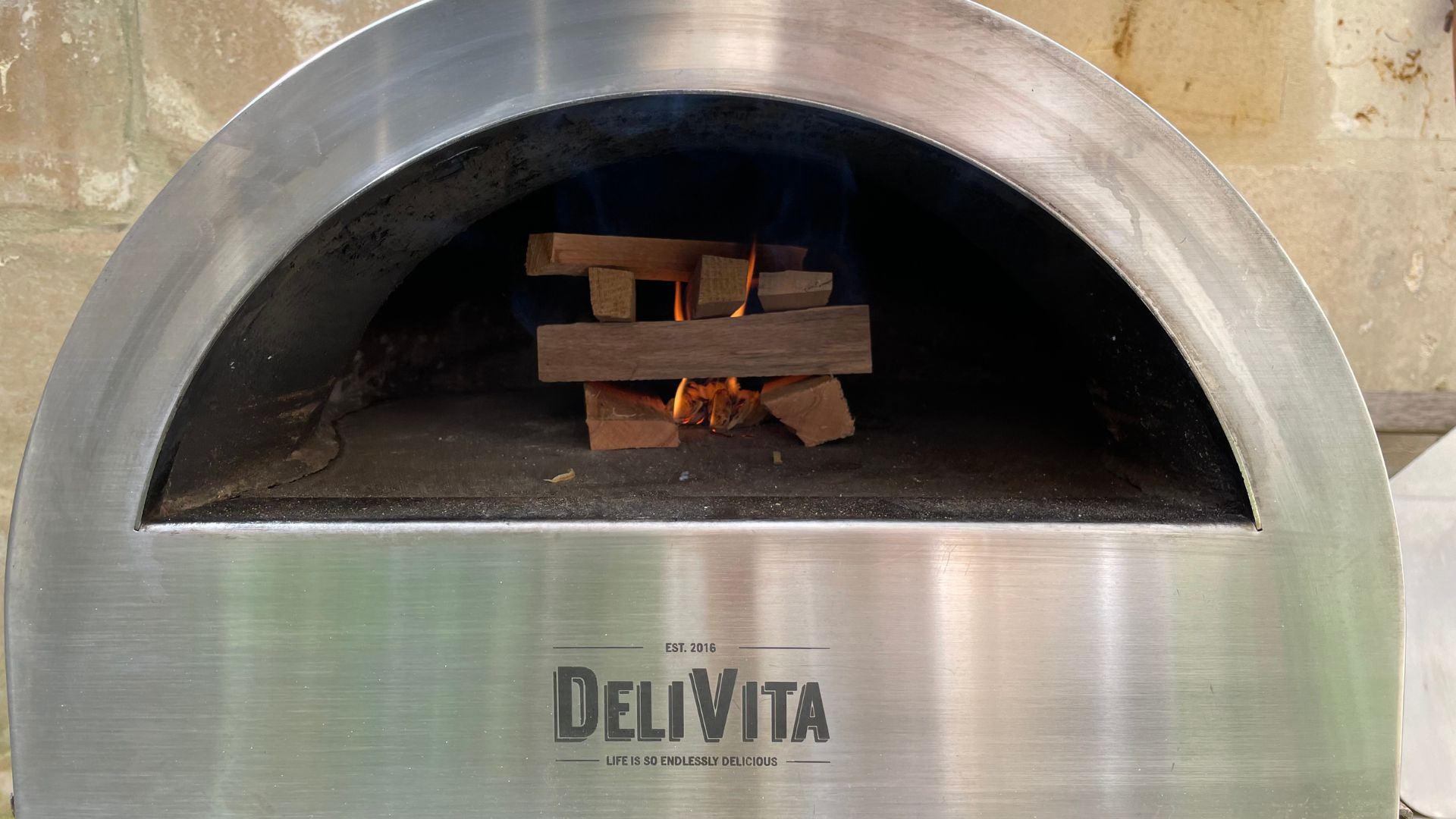
This section flows, very naturally, from talking about what the pizza oven is like when it’s delivered. Here, I’ll touch on the fuel source and how straightforward that is to attach, set-up, and get working. The best pizza ovens will be lit up almost instantly and I always look for models that won’t reduce you to tears. However, if an oven is complex, but still worth the effort, I’ll let you know that you should persevere.
Often, you’ll have some specific things that you should do on your first use of the pizza oven. This is normally about burning off any factory debris and dust. However, in some cases, you’ll need to get the oven up to a temperature to gauge specific functions. I’ll explain why you have to do your prep work and what to watch out for. This is an important piece of pizza preparation.
Once you’re set up and I’ve told you about the controls, we can get cooking. This is the fun part and, coincidentally, it’s also when my family and friends appear and are extra friendly towards me. Nobody is fooled.
Test 1: pizza
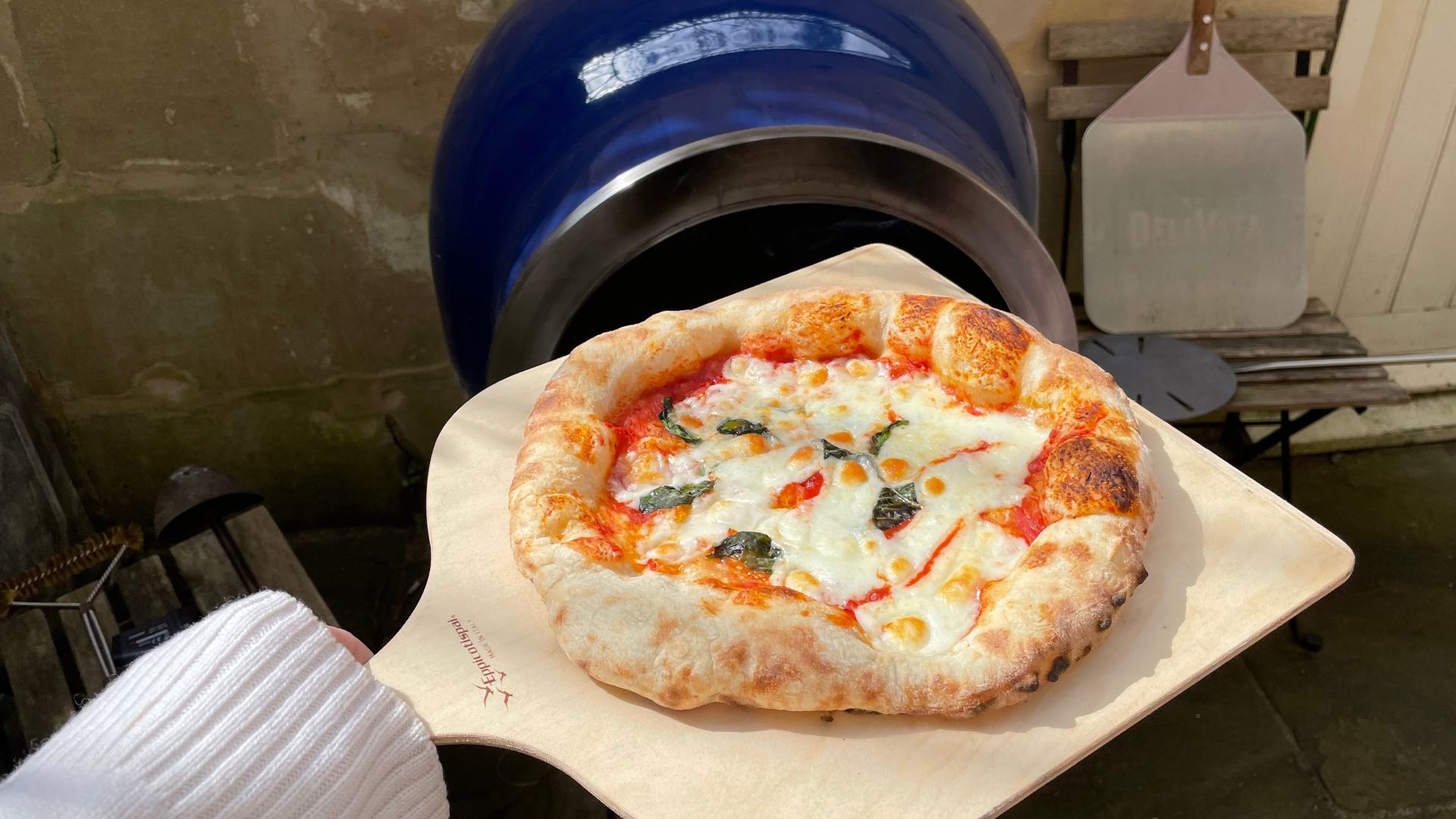
The first test that I do on all of our pizza ovens is make a pizza. This is the bread and butter of these appliances so I like to make sure that they nail the perfect pizza. I make between 5-10 pizzas the first time that I test a pizza oven. One will be a simple margarita, because this is light and easy. I look for nice golden speckling on the cheese on top, proof that the heat has melted the cheese to perfection and then I look for speckling on the base — some people call this leopard print — which will show that the base of the oven is hot enough to cook across the pizza. If I see any yellowing, this means the base of the oven is too hot. Matched with a burnt top of the pizza, I can tell you that you need to cool the oven down. However, if the top looks raw, it might be that the oven needed longer on a lower heat to get a good, even temperature in the air and on the base.
I’ll also cook pizzas with vegetables on top, because these are a good test of what will happen when there’s more weight on the pizza. Again, I want these browned — if that’s what they look like cooked — and tender.
Then, there are some general notes I’ll make about the cooking experience. For example, I’ll time how long the pizzas take to cook. In a perfect oven, it’ll be between 60-120 seconds, but that’s a very generic measure. I’ll always look into the details if I think an oven might need more or less time. I’ll also think about how easy it is to move the pizza when it’s in the oven. Some have peels and wide oven openings, others might have a rotating centre, and others might be narrower. It’s helpful to know this before, so you can practice your pizza skills and, it’s also good to know just how many pizzas you can cook in the oven at once. Most domestic pizza ovens will fit just one, but if there’s a chance of squeezing in two, you can bet that I’ll know about it.
Test 2: calzone
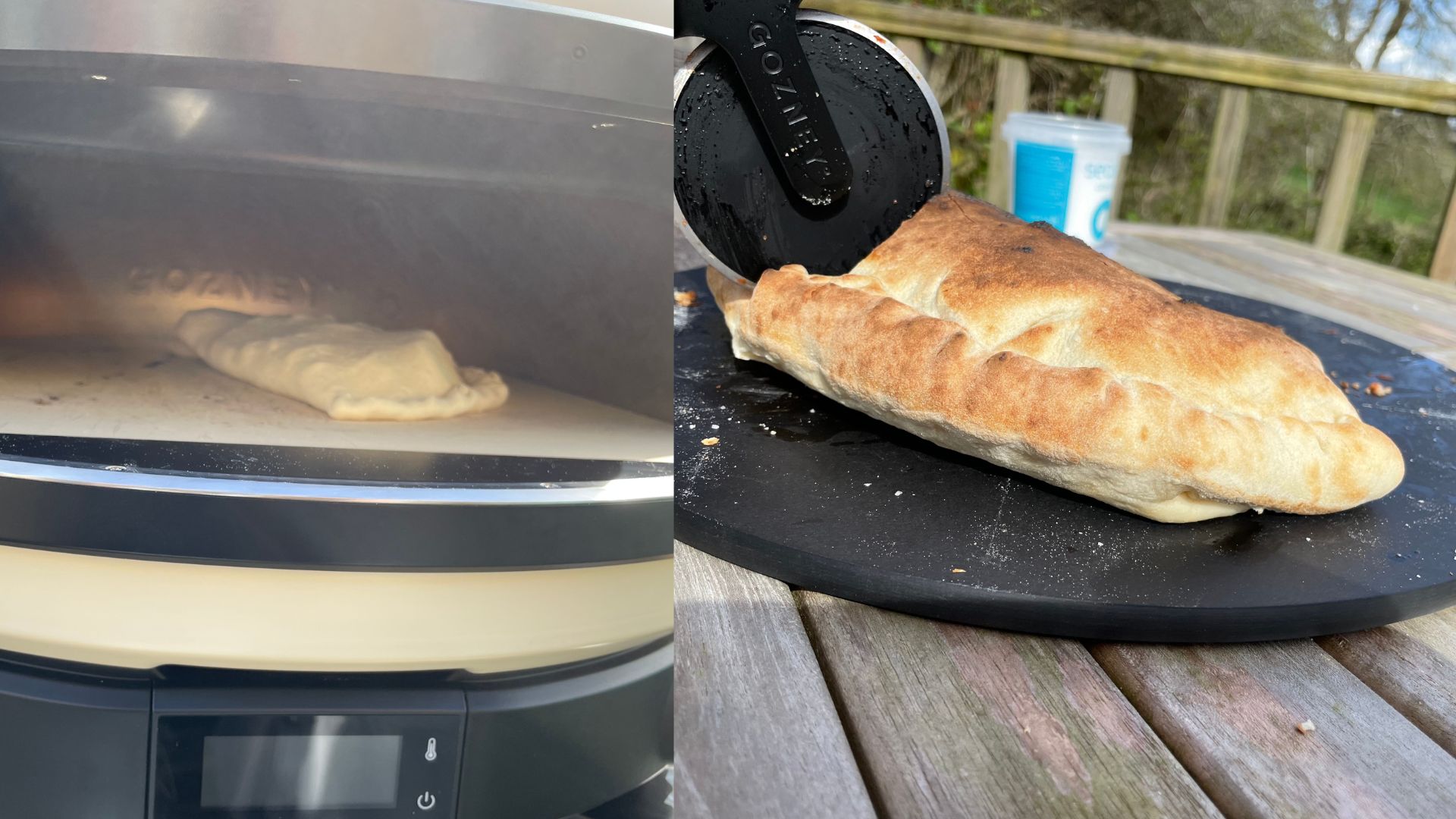
The calzone test has been put in at popular demand, but it’s not really my favourite. Lots of people try to cool calzones at the same temperature that they would a pizza, so you end up with a burnt outside and raw inside. To make a good calzone, your oven needs to cool down and then you’ll want to watch for all the same pizza markers: spotting on the base and on top, a nice colour for the dough, and then, when you cut into it, you’ll want a gorgeous melt of all your filling, cheese, and sauce. I’d expect for a pizza oven to take closer to five minutes to cook one of these and, once more, I’m looking for consistent colouring and cooking and making notes on whether the calzone is easy to turn in the oven too.
Test 3: roasted vegetables
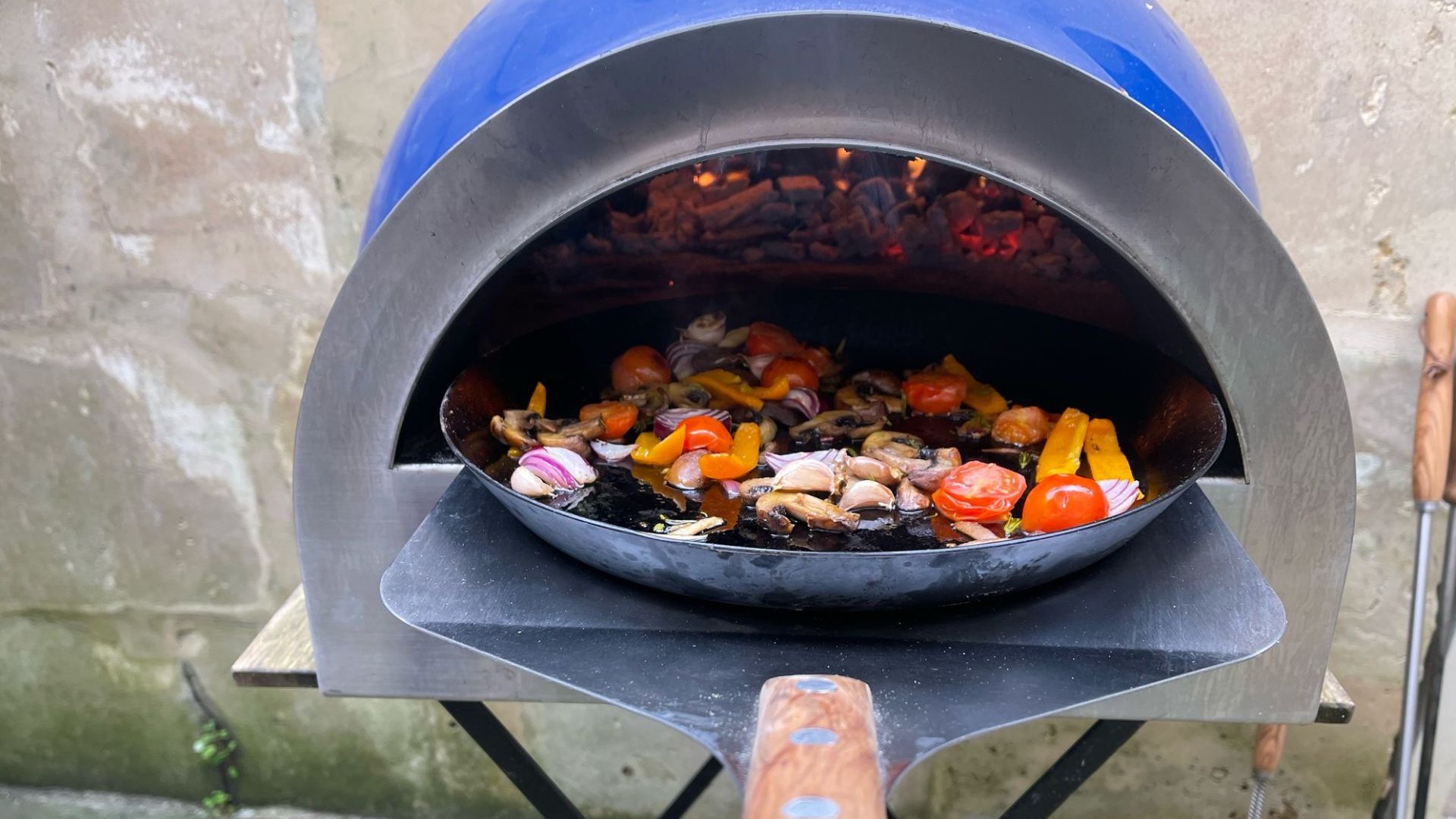
One of the beautiful things about a pizza oven is that you can cook lots of different recipes in it. Roasted vegetables are a simple test that is accessible to lots of people. It’s also a great way to use cast iron in the pizza oven, so I normally chop up a medley of peppers, tomatoes, onions, courgettes, and mushrooms, toss them in olive oil, and then throw the in the skillet.
These will take about five minutes to cook and you’ll want to turn the cast iron, so I make notes again on how well the peel holds your skillet, whether the vegetables cook through, and I’ll let you know whether the flavours really shine. It’s a really delicious and easy way to prep vegetables in the summer.
test 4: cookies and brownie
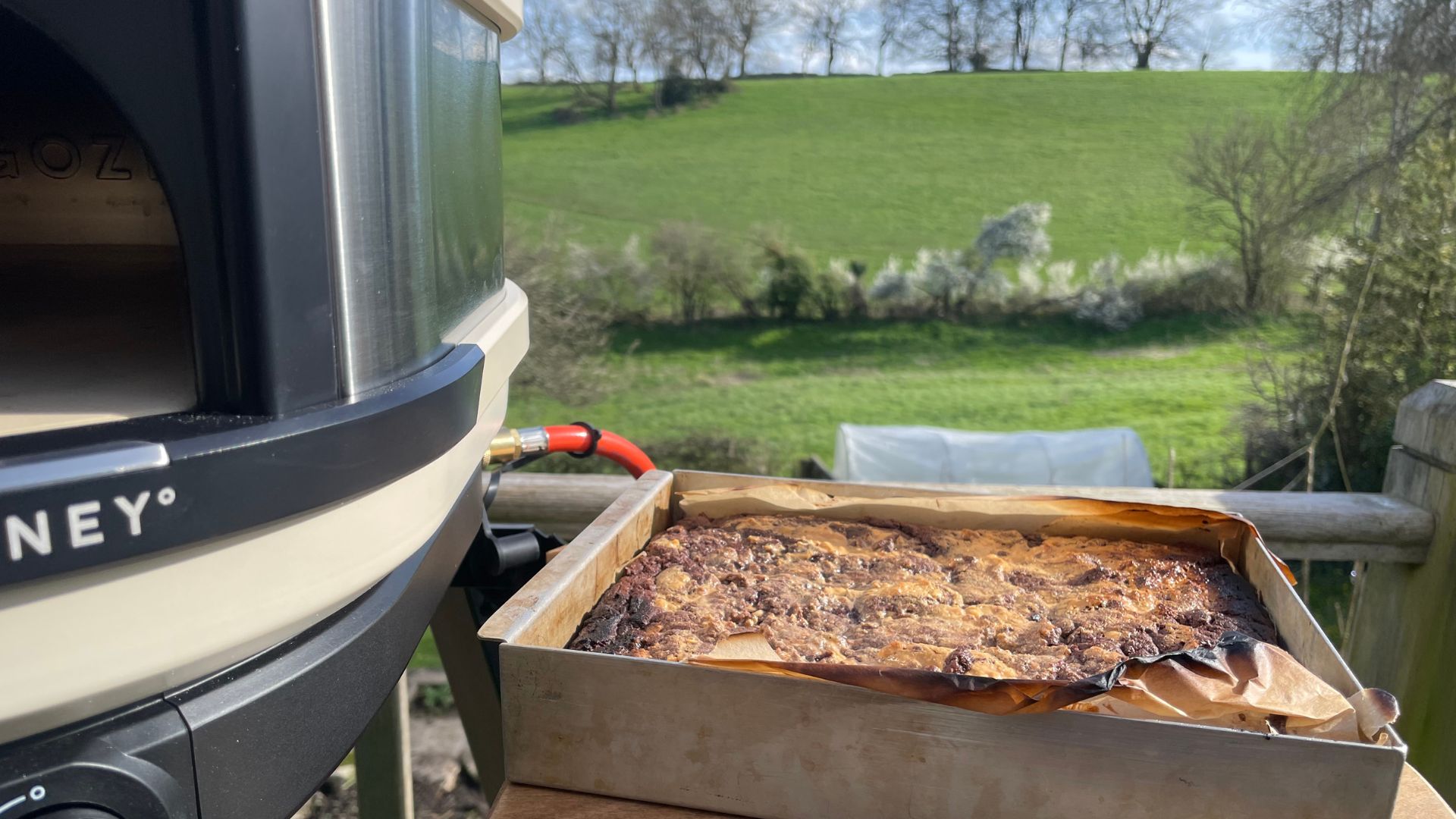
I’m known for having a sweet tooth (what do you expect from someone with the surname Honey?) so I always cook something sweet in my pizza oven too. I’ve tested out cookies, in a skillet, peanut butter brownies in a tray, and I have apple tarte tatin on my wish list too. This is a more extreme version of the calzone test, because I’m looking for a low, consistent temperature to cook my sweet treats right through. I don’t want burnt sugar and sloppy middle sections, I want a delicious dessert. And, more often than not, I get it.
Test 5: extra tests
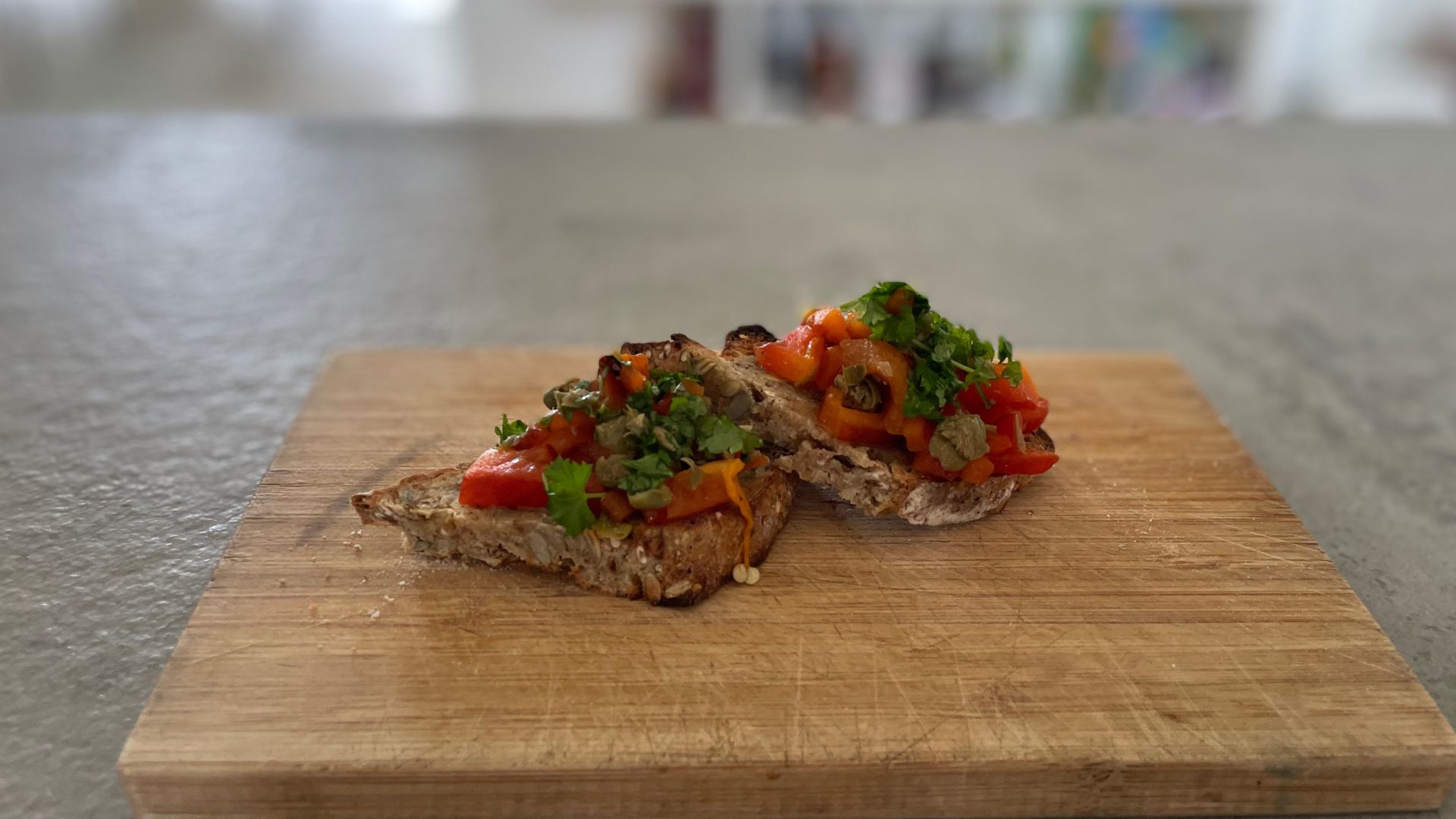
If an oven promises anything else special, of course, I’ll test it. From roast chicken through to Marco’s special bruschetta, it’s always fun to experiment with your food and I like to demonstrate that to you in the review. There are lots of cookbooks, websites, and videos that will help to inspire you too. The better the pizza oven, the more versatile it will be.
Why we talk about cleaning
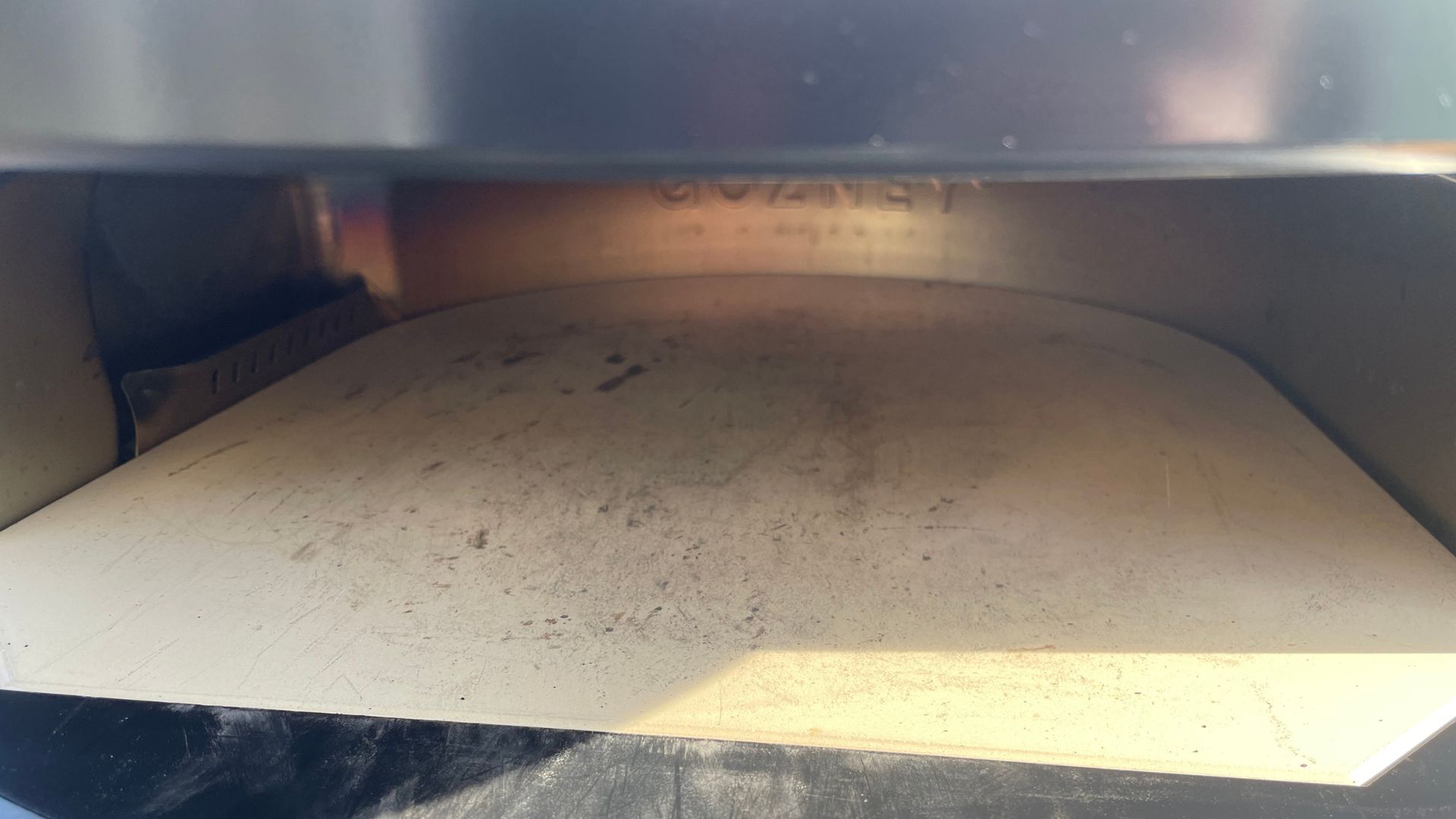
Keeping a pizza oven clean and well-maintained is crucial for both performance and longevity — and it’s something we always take into account during our testing process. Pizza ovens, especially those designed for outdoor use, can be particularly tricky to care for. Exposure to the elements, high cooking temperatures, and the build-up of ash, soot, or food debris can quickly lead to wear and tear if the oven isn't properly looked after.
That's why, in our reviews, we pay close attention to how easy (or difficult) each pizza oven is to clean and maintain. We test how straightforward it is to remove ash, wipe down surfaces, and keep essential components like pizza stones and burners in good condition. Some ovens may require special tools or cleaning products, while others might be cleverly designed to minimize the mess.
We’ll also let you know if there are any additional accessories — like weatherproof covers, specialist brushes, or protective storage solutions — that we recommend investing in to help keep your oven looking and performing at its best. Clear instructions and practical maintenance tips from the manufacturer are another bonus we look out for, as they can make a big difference in how easy an oven is to live with over time. After all, a pizza oven should be a source of joy, not a maintenance headache.
Comparing the pizza ovens
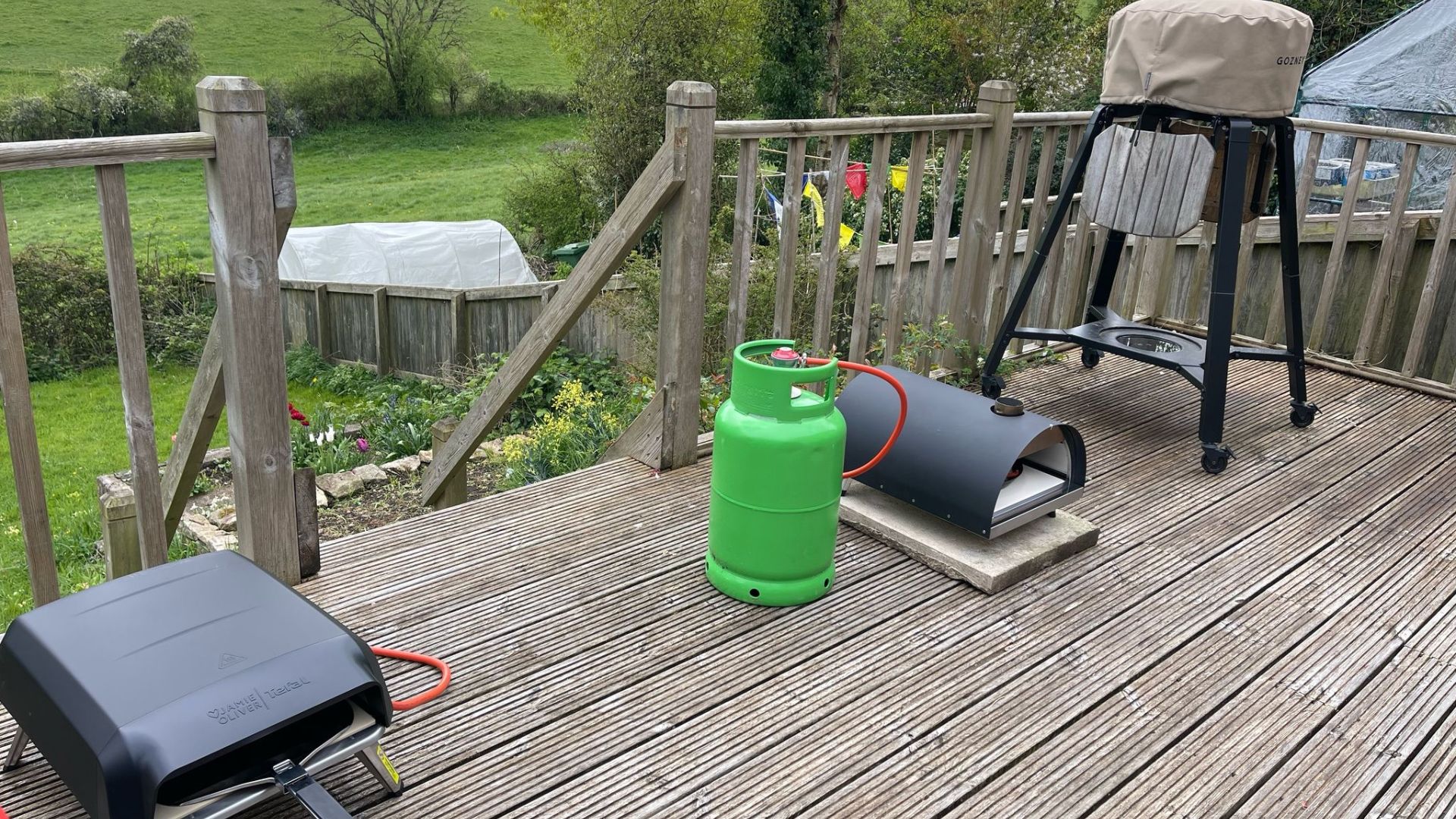
When you're choosing the perfect pizza oven for your home, you'll want to feel like you've shopped around. Given that I've tested all the best pizza ovens on the market, it only makes sense for me to share my experiences with you. I can pick out models that offer a little more and a little less, whilst costing a little more and a little less. That way, you can see whether your pizza oven is offering good value for money as well as whether there are any characteristics that you're willing to give up, as well as ones that you actually do want in your pizza oven.
I always try to pick models which are relatively similar — there's no point showing you something wildly different — and I'll give you both statistical differences (cost, temperature range, cooking time) as well as my anecdotal experience. And, because none of my reviews are endorsed or sponsored, you can sit safe in the knowledge that you're getting an expert, unbiased comparison.
Coming to a conclusion on whether you should buy it
By this point, you should have a pretty good idea of whether this is the pizza oven for you. I like to think that our reviews are exhaustive, talking you through everything from the pizza cooking right through to the clean up and the behind-the-scenes financial bits.
Of course, no pizza oven is perfect for every single chef, so I will reiterate who the oven suits and where you might be able to get better value if you have different needs. Then, if you still have questions, don't hesitate to email me. I am always happy to chat about all things pizza.

Laura is woman&home's eCommerce editor, in charge of testing, reviewing and creating buying guides for the Homes section, so you'll usually see her testing everything from the best dehumidifiers to sizing up the latest Le Cruset pot. Previously, she was eCommerce editor at Homes & Gardens magazine, where she specialised in covering coffee and product content, looking for pieces tailored for timelessness. The secret to her heart is both simplicity and quality. She is also a qualified Master Perfumer and holds an English degree from Oxford University. Her first editorial job was as Fashion writer for The White Company.